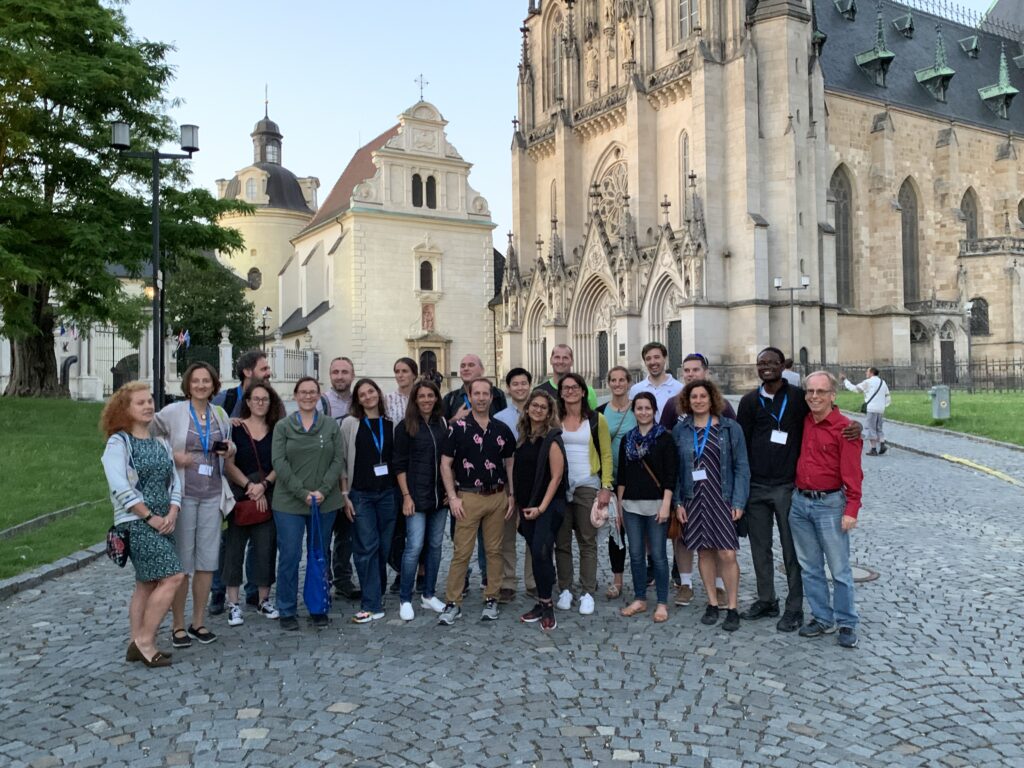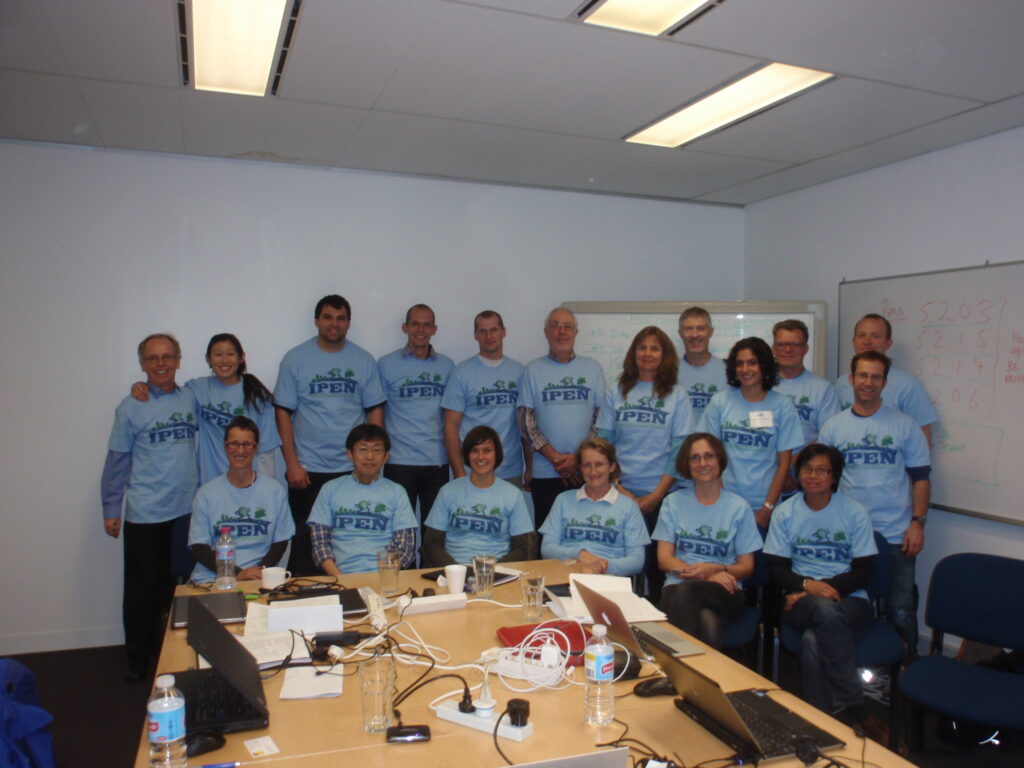
IPEN Adolescent Study
The IPEN Adolescent Study is a large international study that collected comparable data from 15 countries across 6 continents on built environments and physical activity (PA), sedentary behaviour and obesity. The IPEN Coordinating Centre was originally based in San Diego but is now supported by the Australian Catholic University, Mary Mackillop Institute for Health Research (The Behaviour, Environment and Cognition Research Program), led by Prof. Ester Cerin.
IPEN Adolescent was an observational, cross-sectional, multicounty study with the over-arching goals to advance the science of environmental correlates of physical activity, sedentary behaviour, and weight status. The results were then to be used to inform policy changes nationally and internationally. Only international studies can provide the full variability of built environments and accurately estimate effect sizes between built environments and health-related outcomes.
The goal was to implement comparable methods and measures across diverse countries so data could be pooled across countries for analyses. The initial Coordinating Centre based in San Diego, USA developed methods for monitoring comparability of methods and ensuring quality of all measures, similar to methods used in the IPEN Adult study (Kerr et al., 2013). The IPEN Adolescent methods have been published (Cain et al.,).
Adolescents aged 11-19 years, from 15 geographically and culturally diverse countries wore accelerometers for 7 days and completed a survey that included environmental variables, physical activity and sedentary behaviour outcomes, height/weight, and psychosocial variables. Adolescents who were recruited lived in administrative units (AUs) (e.g., census tracts, meshblocks) selected to vary in walkability and socioeconomic status (SES). Neighbourhoods were stratified into four neighbourhood types (called study design quadrants): high walkability-high SES, high walkability-low SES, low walkability-high SES and low walkability-low SES. High- and low-walkable and high- and low-SES AUs were defined to achieve wide variation within countries. Participant-level neighbourhood walkability and playability (recreation facilities) were calculated using GIS-based environment variables computed around participants’ home residence and school addresses.
The primary aim of IPEN Adolescent is:
To estimate strength, shape, and generalizability (across cities) of associations of objective (GIS-based) and reported measures of the community environment with accelerometer-measured minutes of moderate-to-vigorous physical activity (MVPA) and sedentary time, along with multiple reported physical activity indices in adolescents aged 11-19, from data collected according to a common protocol in 15 countries.
Secondary aim of IPEN Adolescent is:
To estimate strength, shape, and generalizability of associations of objective and reported measures of community environments with overweight/obesity in adolescents.
Tertiary aims are to examine:
The unique contribution of objective and reported measures of built environment attributes to explaining physical activity, sedentary behaviour, and weight status in adolescents.
Mediating effects of objectively measured MVPA and sedentary behaviour on the relation between objective and reported environment attributes and weight status.
Moderating effects of neighbourhood socioeconomic status and sex on the relation between objective and reported community environment attributes and physical activity, sedentary behaviour, and weight status outcomes.
The combined and interactive effects of psychosocial variables (social support, self-efficacy, barriers), home environment variables (sport equipment, electronics), and community environment variables in explaining physical activity and sedentary behaviours.
Read the IPEN Adolescent Protocol Paper here published in BMJ Public Health
Countries Involved
There are currently 15 countries involved in the IPEN Adolescent Study that contribute to a pooled analyses:
Australia
Bangladesh
Belgium
Brazil
Czech Republic
Denmark
Hong Kong SAR
India
Israel
Malaysia
New Zealand
Nigeria
Portugal
Spain
United States

Funding Acknowledgment
The IPEN Adolescent study was funded by the US National Institutes of Health, National Heart, Lung, and Blood Institute (HL111378) from 2012 to 2017. The NIH grant funded the Coordinating Center based at UC San Diego (Initially at San Diego State University) as well as data collection in several countries. Most countries were supported by internal grants.




Recent Publications
Van Dyck, D. et al. (2022( ‘Associations of accelerometer measured school- and non-school based phsyical activity and sedentary time with body mass index: IPEN adolescent study’, International Journal of behavioual Nutrition and Phsyical activity, 19(1). doi:10.1186/s12966-022-01324-x.
Cain, K.L et al (2021) ‘International physical activity and built environment study of adolescents: IPEN adolescent design, protocol and measures’, BMJ Open, 11(1). doi:10.1136/bmjopen-2020-046636.
Cerin, E et al. (2017) ‘Reliability of self-report measures of correlates of obesity related behaviours in Hong Kong adolescents for the ihealt(h) and IPEN adolescent studies’, Archives of Public Health, 75(1). doi:10.1186/s13690-017-0209-5.
To find IPEN Adolescent specific resources for research click here
